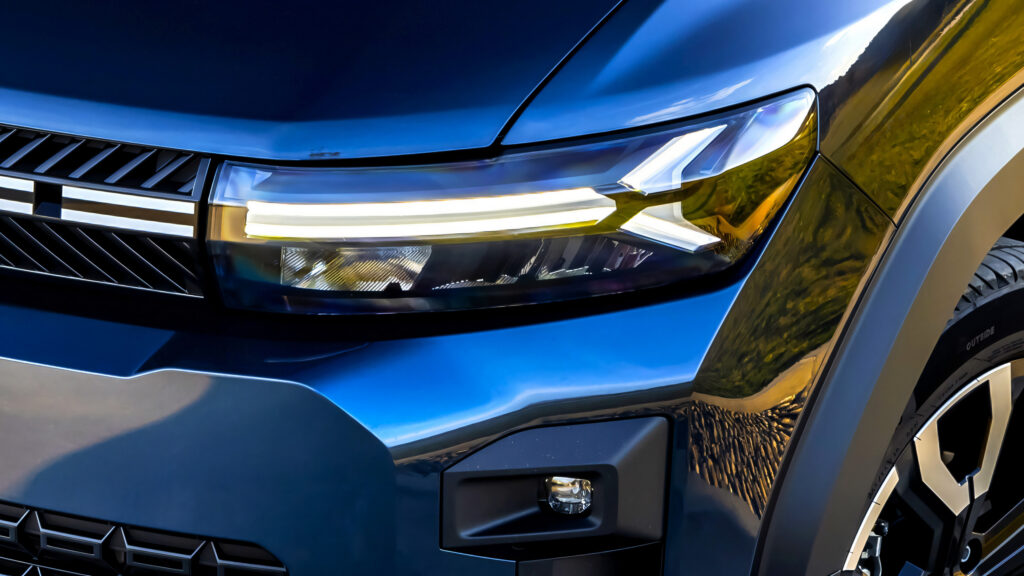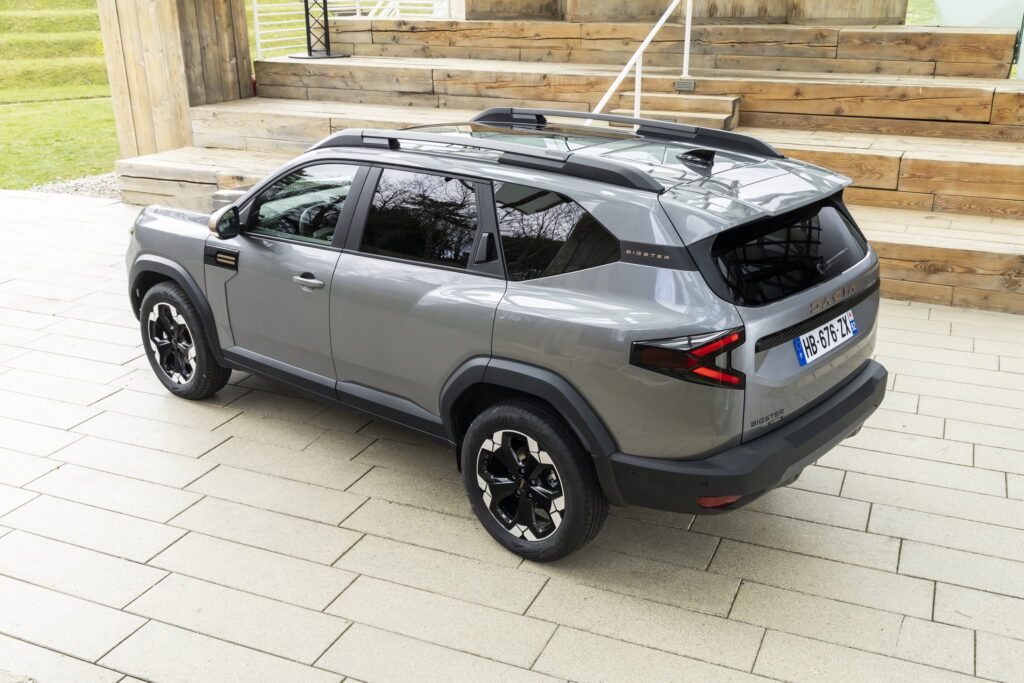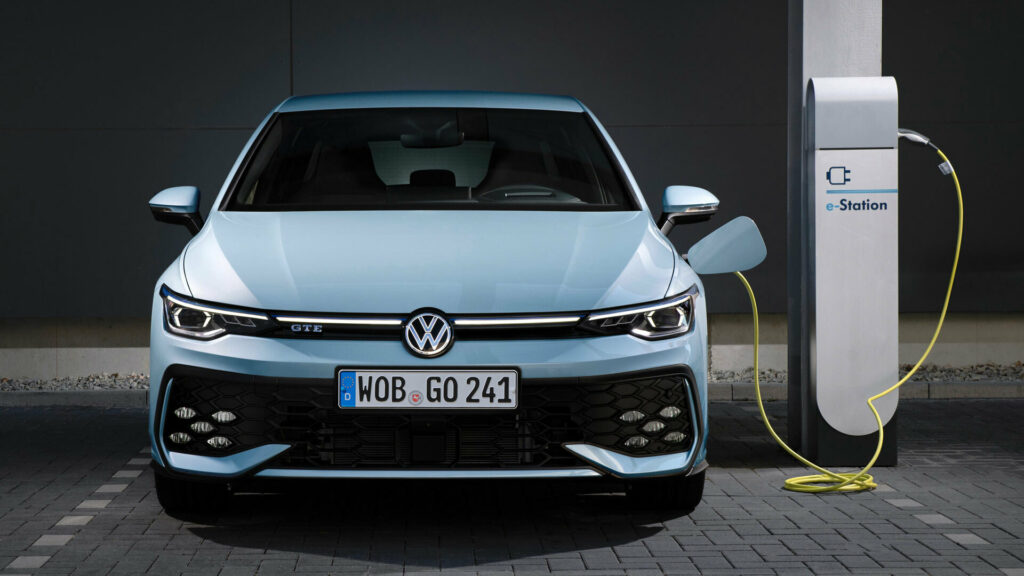Intro

When it comes to cars, prices are climbing faster than a mountain goat. The squeeze comes from tighter emission regulations, electrification costs, and more, making new vehicles pretty spendy. But there’s an outlier here, a brand that’s not just hiking its prices but actually seeing a boost in sales. Let’s unpack what’s going on with Dacia and see how they’re shaking up the German market.
Dacia’s Success

Dacia, the Romanian automaker known for budget-friendly wheels, somehow managed to increase its average transaction prices by 48% and still grew its sales by 19% in Germany. Let that sink in for a moment. With an average price tag of about €15,000 ($17,200), Dacia’s lineup is still seen as a bargain compared to many competitors, notably the Sandero, which was Europe’s best-seller in 2024.
Model Prices

Affordable Offerings
The Dacia lineup kicks off with the Sandero at approximately $14,300. Meanwhile, the Spring EV starts at around $19,300, and the family-sized Jogger rolls in at about $20,600. The Duster SUV comes in at $21,700, with the yet-to-arrive Bigster SUV earmarked around $27,400. From hatchbacks to SUVs, Dacia is keeping things wallet-friendly, adding to its appeal for practical-minded folks.
Market Trends
Germany’s Challenges
While Dacia is climbing, the rest of the market feels like it’s in a bit of a slog. New car prices in Germany have climbed about 40% since 2019, contributing to a sales dive of 22%. For models priced below €30,000 ($34,400), the market’s thinning out, forcing folks to either splurge on pricier cars or steer away from new purchases altogether.
Price Drivers
Electrification Costs
The swell in prices isn’t just due to general inflation. Electrification is pushing prices up, with everything from powerful batteries to electric drivetrains adding costs. Despite salaries in Germany rising by 24%, affordability dropped 11%, leading more people towards financing or used cars instead of brand-new rides.
Future Concerns
A Narrower Market
The trend isn’t sustainable. The focus on a narrower, wealthier audience could corner the market further, limiting growth opportunities. Experts suggest it might be time for automakers to rethink their strategies, cause alienating buyers isn’t gonna help bring in the bacon long-term.
Overall, while Dacia’s strategy currently seems to be working, the broader auto market has a lot to contemplate. As price hikes continue and affordability shrinks, there’s a real risk of alienating the average Joe who’s just looking for a car to get from point A to B.
Mazda's Jimny Twist
2025 GR Corolla Upgrades
Ram's NASCAR Return
ZR2 Bison Truck Unveiled
Ford Recalls Maverick